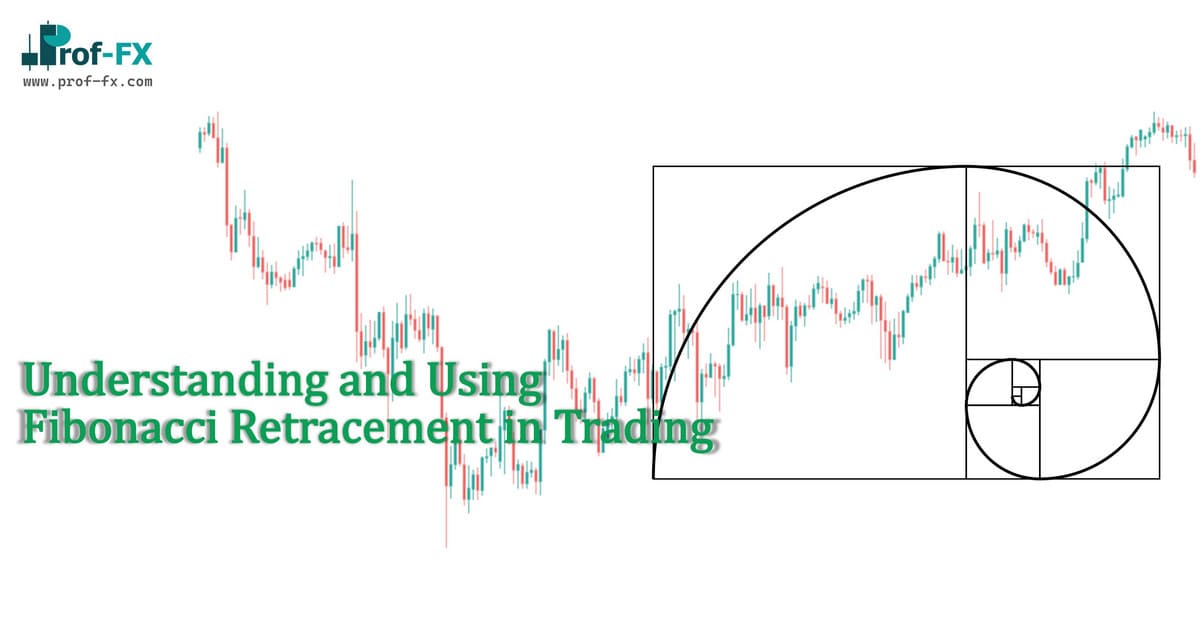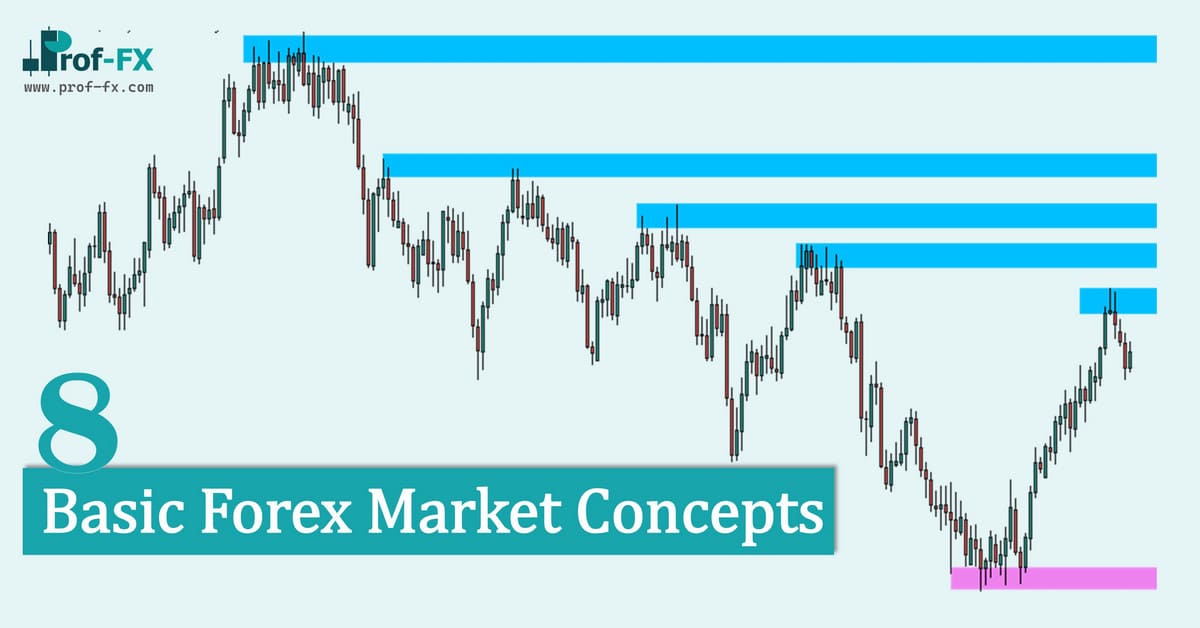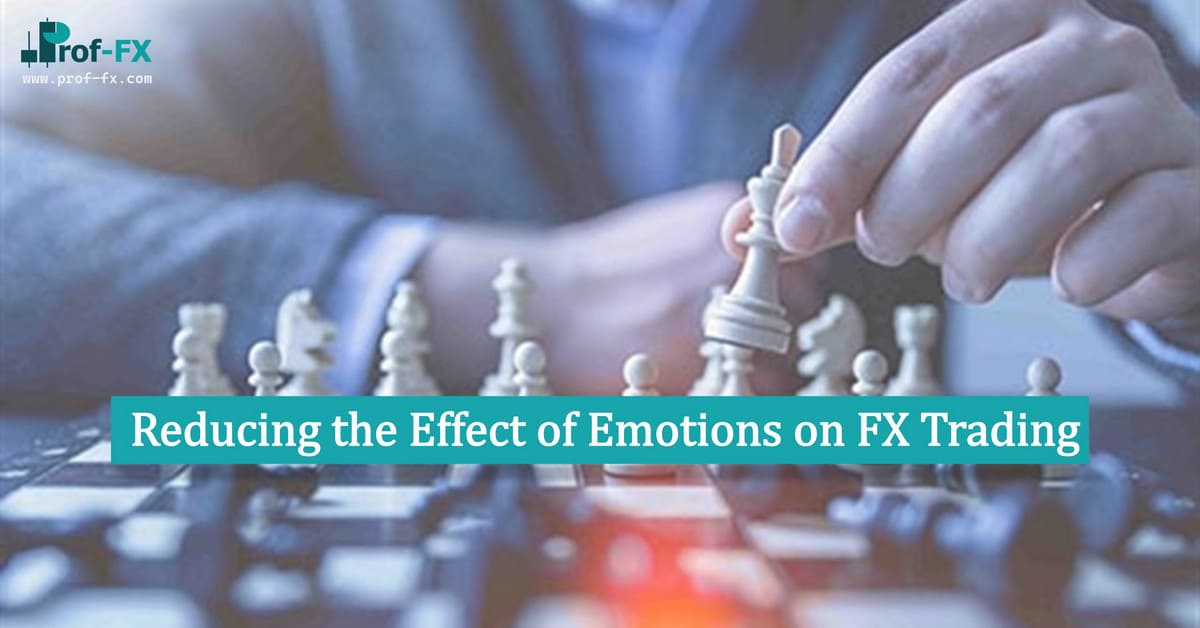In forex trading, the terms “appreciation” and “depreciation” are commonly used to describe changes in the value of a currency relative to others. These changes can significantly impact trading strategies and outcomes, making it crucial for traders to understand how appreciation and depreciation work, the factors that drive them, and how they influence the forex market.
What is Currency Appreciation?
Currency appreciation refers to an increase in the value of one currency relative to another. In other words, when a currency appreciates, it becomes stronger compared to other currencies. For example, if the value of the US Dollar (USD) rises against the Euro (EUR), the USD is said to have appreciated.
How Currency Appreciation Works
Appreciation occurs when the demand for a currency increases, causing its value to rise. This can happen for several reasons, including economic growth, higher interest rates, political stability, and positive investor sentiment. For forex traders, appreciation is an essential concept because it directly affects the value of currency pairs and potential profit or loss.
When forex traders hold a long position in a currency, they typically want that currency to appreciate against others, particularly the currency quoted in their trading pair. For instance, if a trader buys USD/EUR, they expect the USD to appreciate relative to the EUR, meaning the value of USD should rise compared to the EUR.
Factors Driving Currency Appreciation
- Economic Growth: A strong economy attracts foreign investment, increasing demand for that country’s currency. As demand rises, so does the currency’s value.
- Higher Interest Rates: Higher interest rates in a country can attract foreign investors seeking better returns on their investments, increasing demand for that currency.
- Political Stability: A stable political environment is more attractive to investors, which can lead to increased demand for that country’s currency and subsequent appreciation.
- Safe Haven Status: Some currencies, like the US Dollar or Swiss Franc (CHF), are considered “safe havens.” In times of global economic uncertainty, investors often flock to these currencies, causing them to appreciate.
- Market Sentiment and Speculation: Currency appreciation can also be driven by market sentiment or speculative trading. If traders believe a currency will increase in value due to upcoming economic data or geopolitical events, they may buy that currency, leading to appreciation.
- Trade Surpluses: Countries with trade surpluses (exporting more than they import) often see their currencies appreciate. This is because foreign buyers need to purchase the domestic currency to pay for the country’s exports.
Forex Terms Explain Appreciation
Forex appreciation is a relatively straightforward concept: it refers to the increase in value of a currency relative to another. However, the factors that drive appreciation can be complex and interconnected. For example, a currency may appreciate due to the issuing nation’s economic strength, or simply because the nation is viewed as a “safe haven” during times of global uncertainty. In some cases, appreciation may result from technical reasons that are not directly related to economic fundamentals.
What is Currency Depreciation?
Currency depreciation is the opposite of appreciation. It refers to a decrease in the value of one currency relative to another. When a currency depreciates, it becomes weaker compared to other currencies. For example, if the Euro (EUR) falls in value against the US Dollar (USD), the EUR is said to have depreciated.
How Currency Depreciation Works
Depreciation occurs when the supply of a currency exceeds its demand, causing its value to decline. This can happen due to various factors, such as economic downturns, lower interest rates, political instability, or negative investor sentiment. For forex traders, depreciation is just as important as appreciation, as it affects the value of currency pairs and potential trading opportunities.
When forex traders hold a short position in a currency, they typically want that currency to depreciate against others. For example, if a trader sells EUR/USD, they expect the EUR to depreciate relative to the USD, meaning the value of the EUR should fall compared to the USD.
Factors Driving Currency Depreciation
- Economic Weakness: A struggling economy with low growth rates, high unemployment, or recession can lead to depreciation as investors move their capital to more stable markets.
- Lower Interest Rates: Lower interest rates make a currency less attractive to foreign investors, leading to reduced demand and depreciation.
- Political Instability: Political unrest, uncertainty, or governance issues can result in decreased investor confidence, causing a currency to lose value.
- High Inflation: High inflation rates erode the purchasing power of a currency, making it less attractive to investors and leading to depreciation.
- Trade Deficits: Countries with significant trade deficits (importing more than they export) may experience currency depreciation because they need to sell their currency to purchase foreign goods and services.
- Negative Market Sentiment and Speculation: Negative news, such as geopolitical tensions or weak economic data, can lead to currency depreciation as investors sell off the currency in anticipation of further declines.
The Impact of Appreciation and Depreciation on Forex Trading
Both appreciation and depreciation have significant implications for forex trading:
- Appreciation: When a currency appreciates, it means it is gaining strength relative to other currencies. Traders holding long positions in the appreciating currency may benefit from potential profits. However, for those holding the opposite side of the trade, this can lead to losses. For instance, if a trader buys USD/EUR and the USD appreciates, they stand to profit. Conversely, if the USD depreciates, they may incur losses.
- Depreciation: When a currency depreciates, it loses value relative to other currencies. Traders holding short positions in the depreciating currency may gain profits, while those with long positions may suffer losses. For example, if a trader sells EUR/USD and the EUR depreciates, they can profit from the falling value of the EUR. On the other hand, if the EUR appreciates, the trader could face losses.
The Interplay Between Appreciation and Depreciation
Appreciation and depreciation do not occur in isolation; they are interconnected and can influence each other. For example, if the US Dollar appreciates against the Euro, the Euro automatically depreciates against the Dollar. This dynamic nature makes forex trading highly complex and requires traders to monitor global economic indicators, news events, and geopolitical developments constantly.
Traders use various strategies to capitalize on currency movements, such as technical analysis, fundamental analysis, and market sentiment. Understanding the drivers of appreciation and depreciation can help traders make informed decisions about when to enter or exit trades.
Conclusion
In forex trading, understanding the concepts of currency appreciation and depreciation is essential for making informed trading decisions. Appreciation refers to a currency’s increase in value relative to another, driven by factors such as economic growth, higher interest rates, or safe-haven status. Conversely, depreciation refers to a decrease in value, often caused by economic weakness, lower interest rates, political instability, or high inflation.
Both appreciation and depreciation offer opportunities and risks for traders. By understanding these concepts and the factors that drive them, forex traders can better navigate the complex and dynamic world of currency trading, positioning themselves for potential profit while managing risk effectively.









